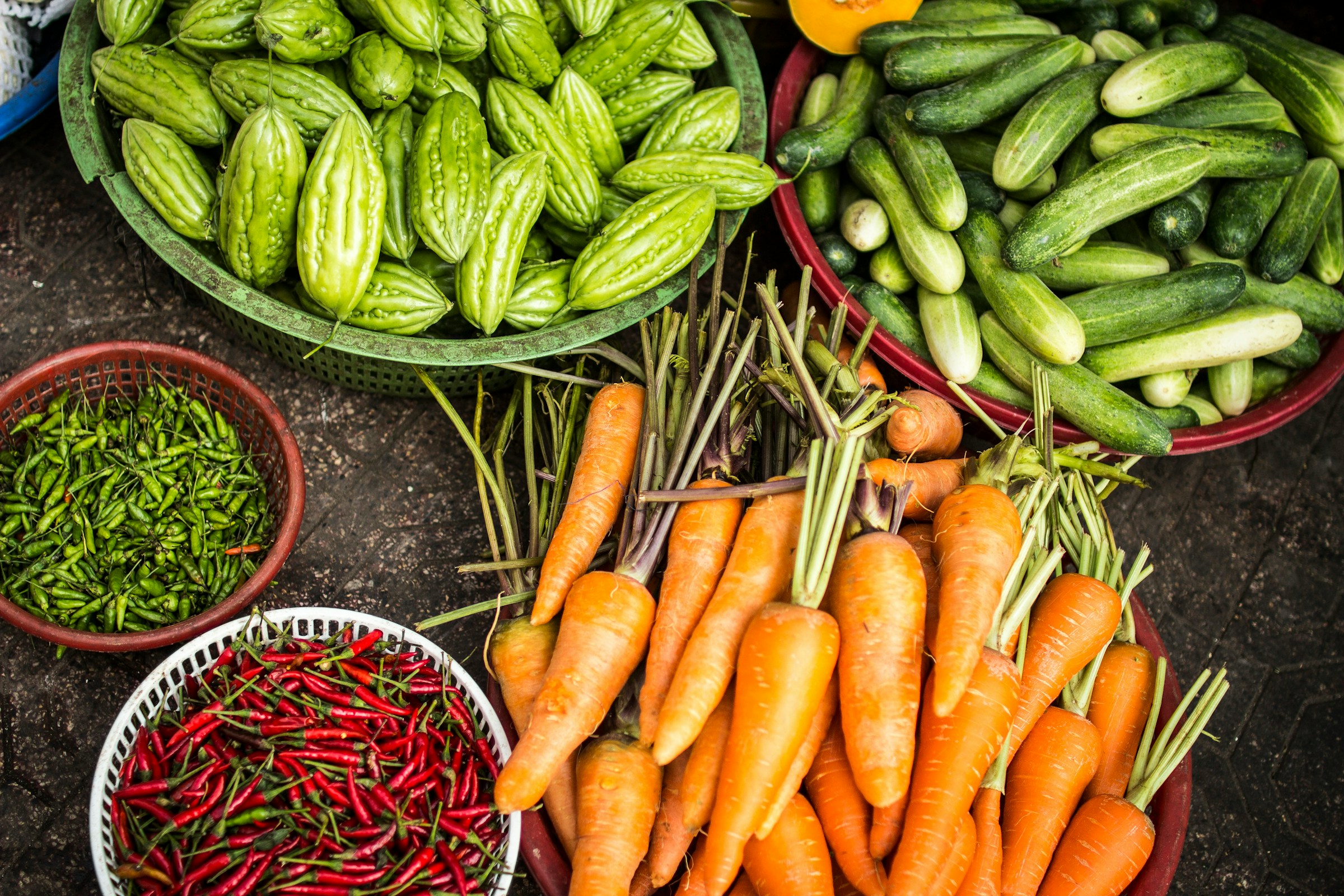
Journal articles
Environmental impacts of packaged foods
FCRN member Ujué Fresán has co-authored this paper, which calculates the environmental impacts associated with the packaging of several breakfast foods (including orange juice, cereals and peanut butter). For each food product, significant differences in carbon footprint were found, depending on packaging size, packaging materials and brand. Packaging consistently accounted for a lower carbon footprint than production of the food item itself.